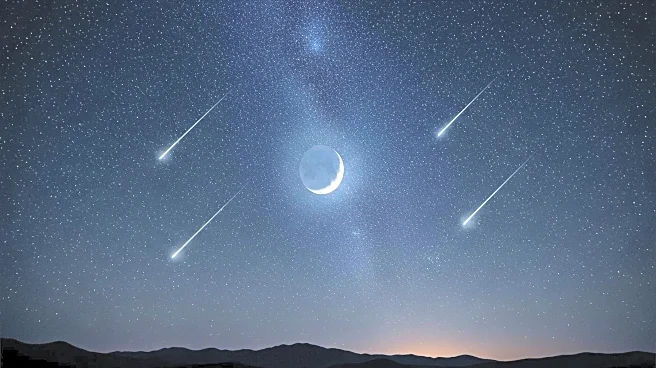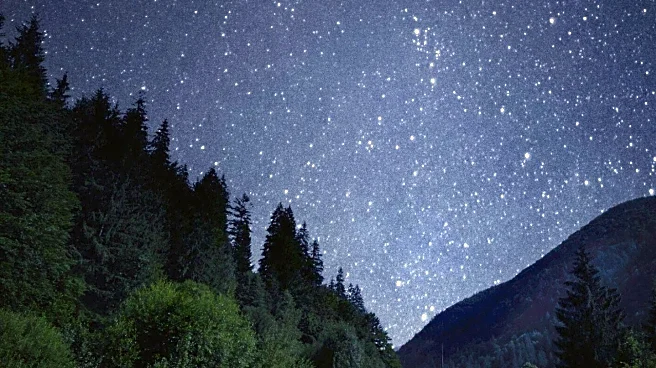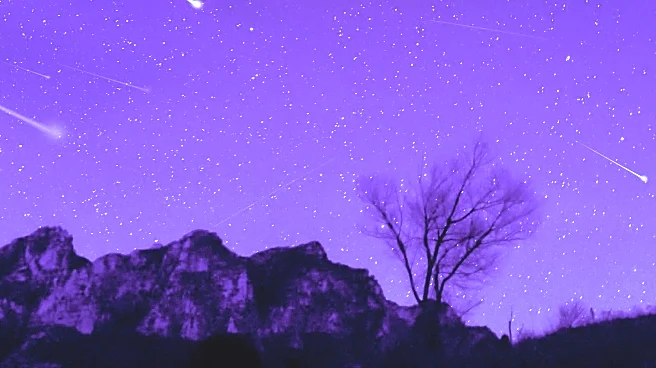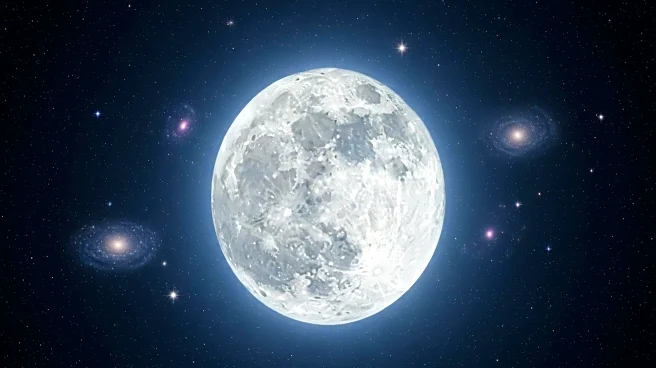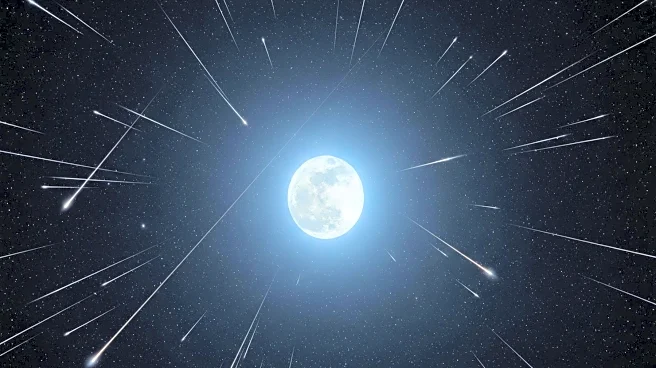What's Happening?
October brings a series of meteor showers to Tennessee, including the Draconids, Orionids, Southern Taurids, and Northern Taurids. The Draconids, active from October 6 to October 10, are the first to peak on October 8. Following this, the Orionids will peak on October 22-23, known for their bright meteors. The Southern Taurids and Northern Taurids will continue the celestial display into November, with peaks expected in early November. These showers provide a month-long opportunity for stargazing, although recent full moons may affect visibility.
Why It's Important?
Meteor showers offer a chance for residents and visitors in Tennessee to engage with astronomy and appreciate natural phenomena. These events can boost local tourism, as enthusiasts travel to areas with optimal viewing conditions. Additionally, meteor showers contribute to scientific research, helping astronomers study the composition and behavior of cometary debris. The visibility of multiple showers in one month enhances public interest and educational outreach in astronomy.
What's Next?
As the Draconids conclude, attention will shift to the Orionids and Taurids, with peak viewing times approaching. Stargazers are encouraged to seek dark sky locations and clear weather to enhance their experience. The overlap of these showers provides extended opportunities for observation and photography, with guidance available for capturing meteor images.
Beyond the Headlines
The convergence of multiple meteor showers in October underscores the dynamic nature of Earth's interaction with cometary debris. These events highlight the importance of preserving dark sky areas for astronomical observation and the cultural significance of celestial phenomena. Meteor showers can inspire awe and curiosity, fostering a deeper connection to the universe.

